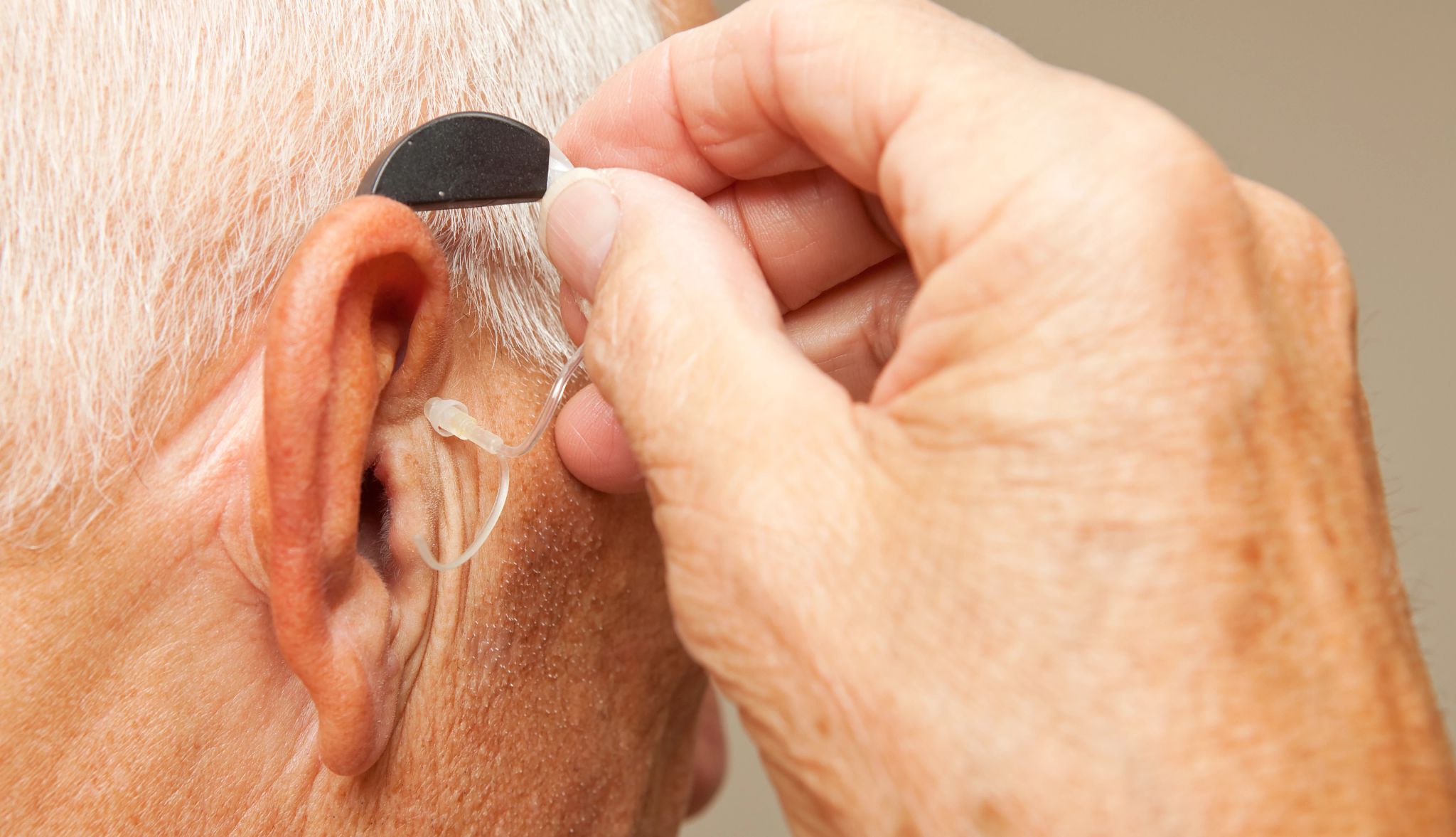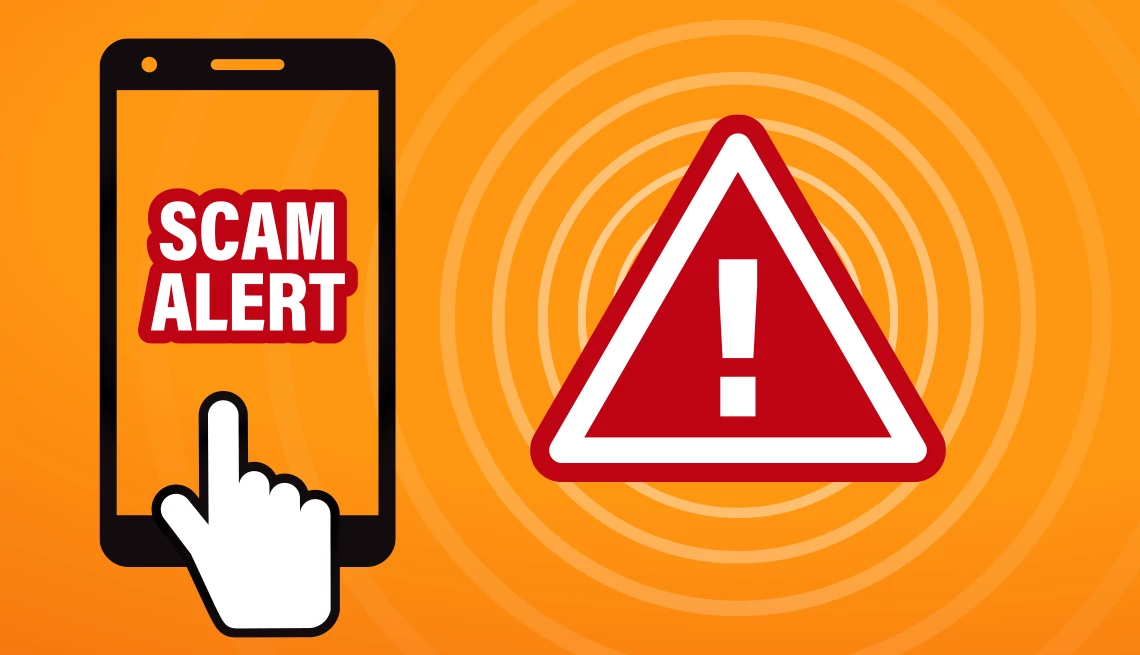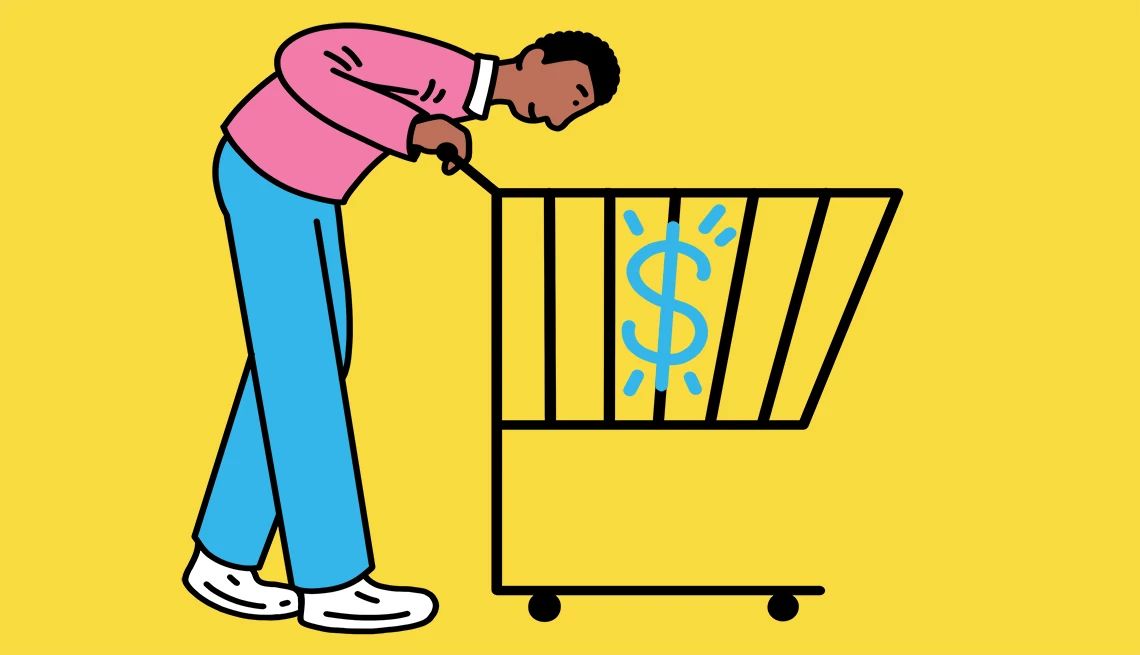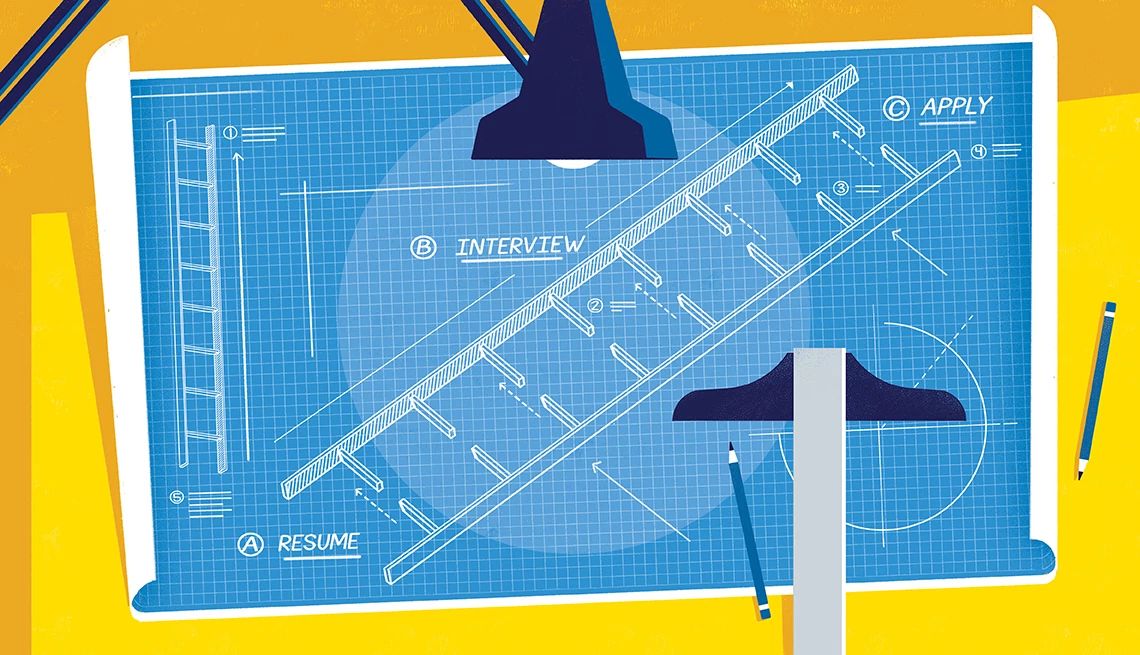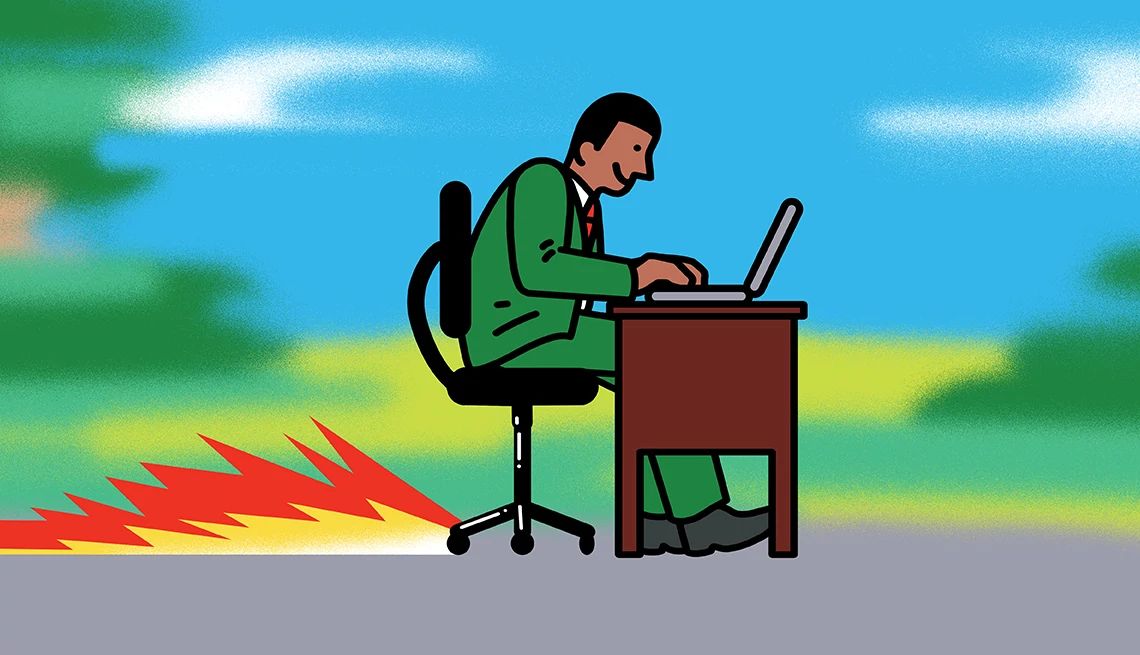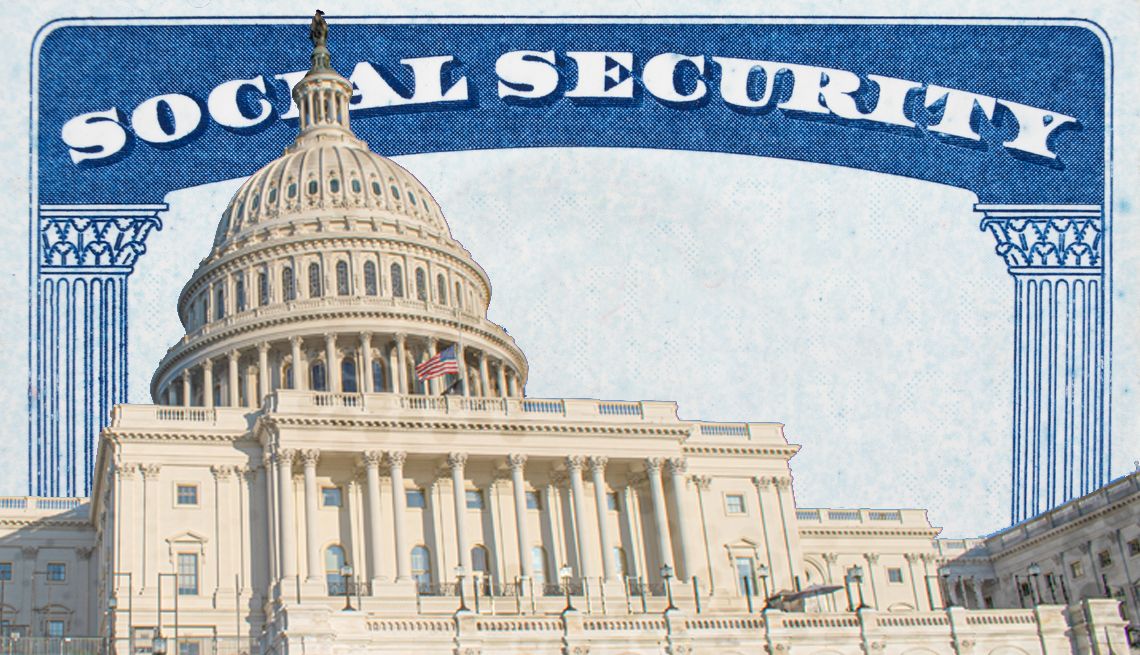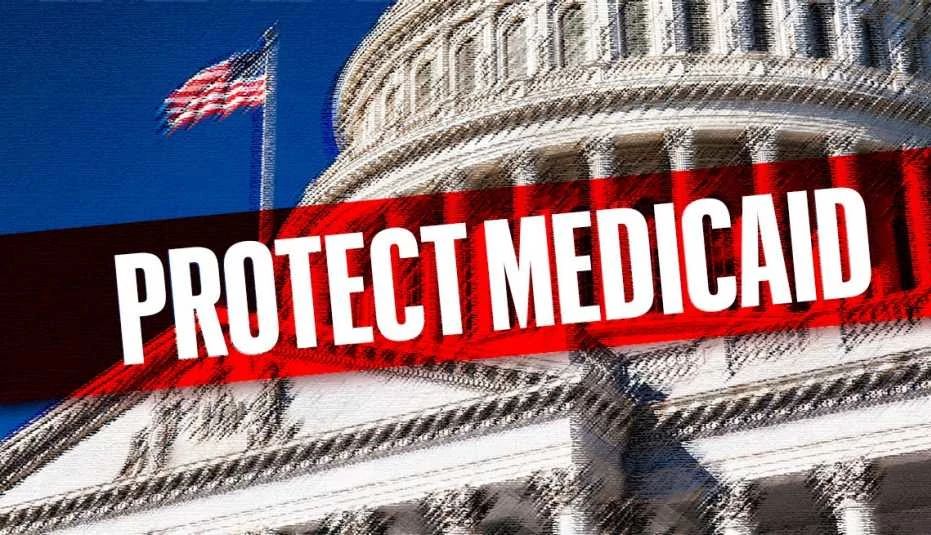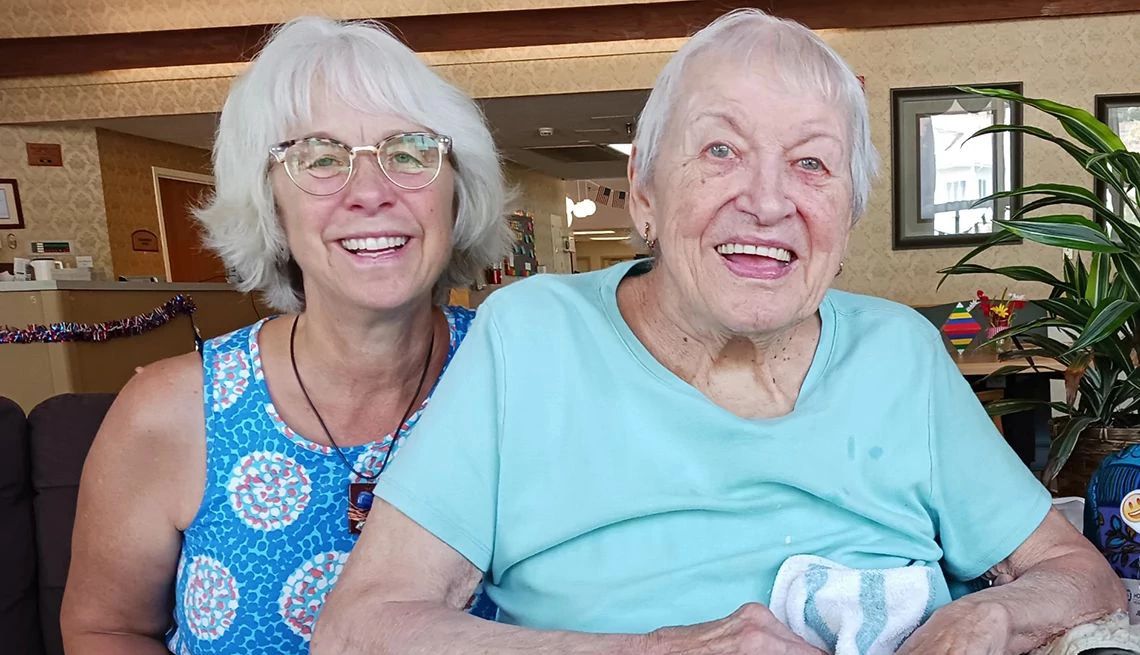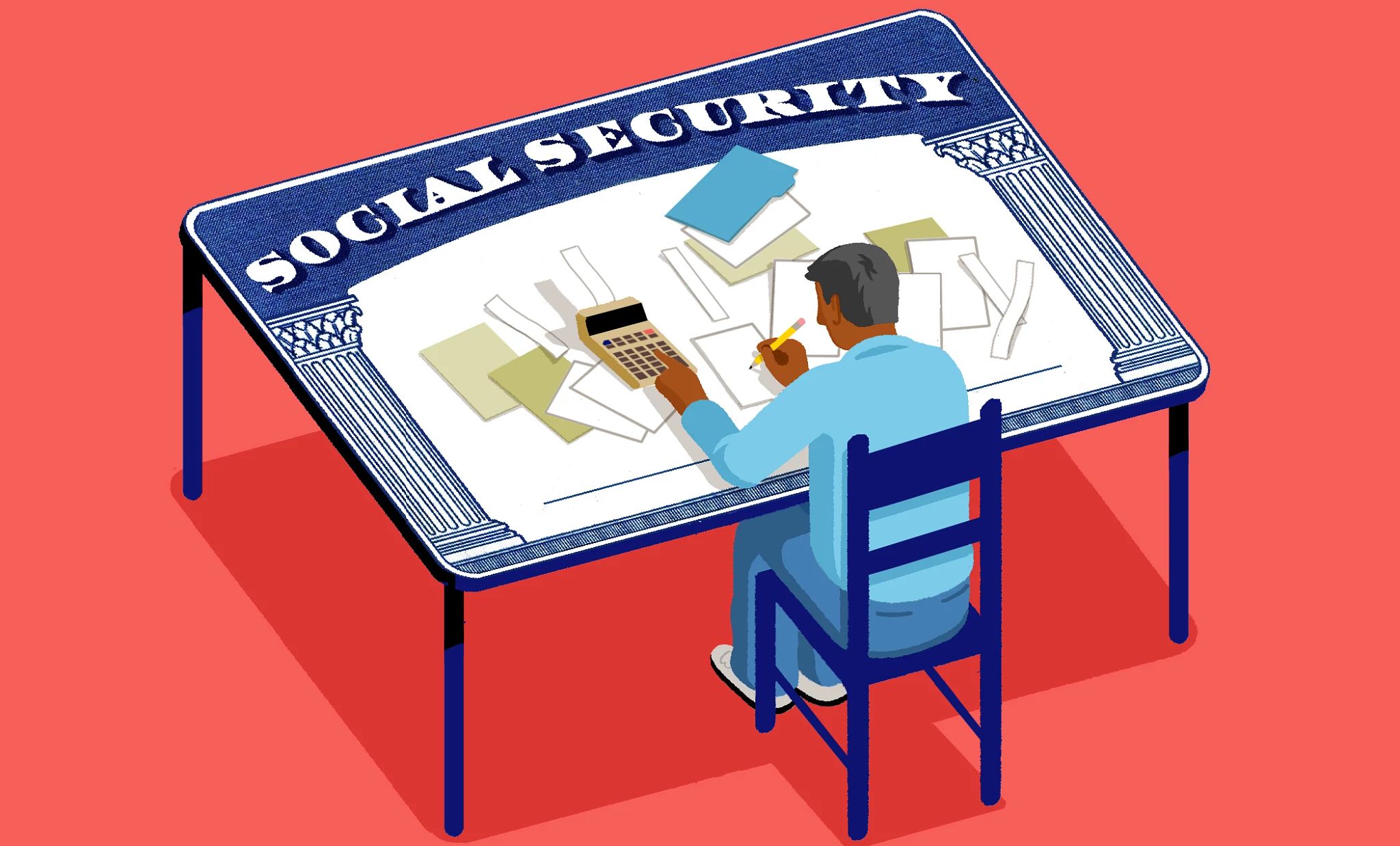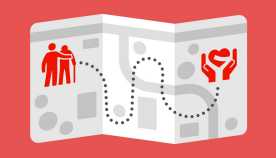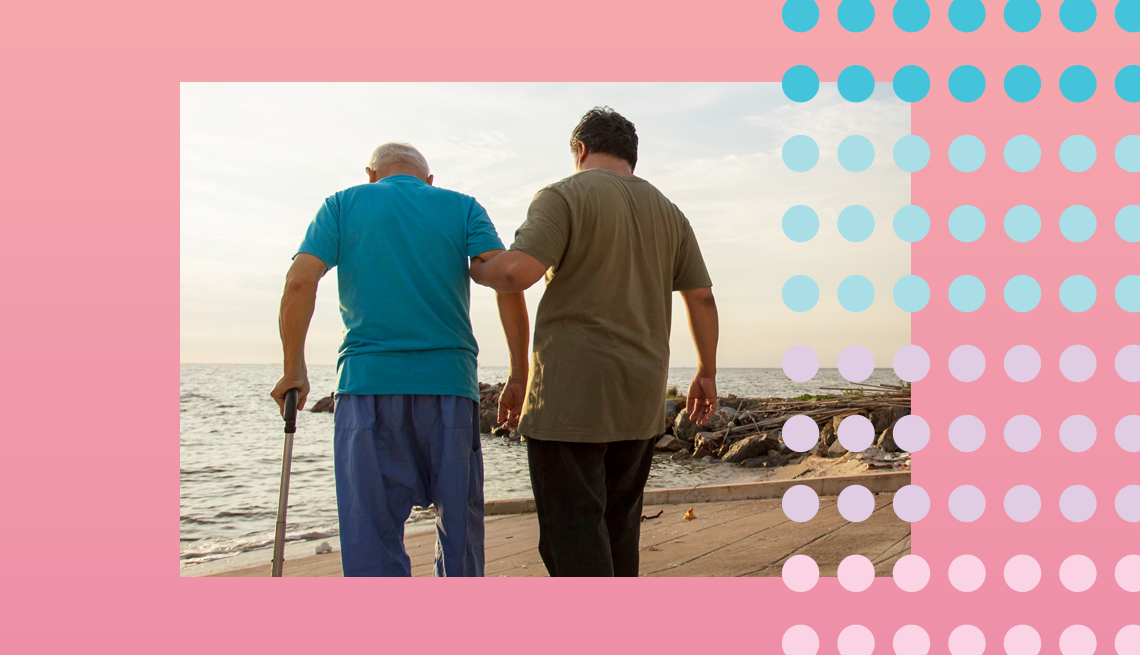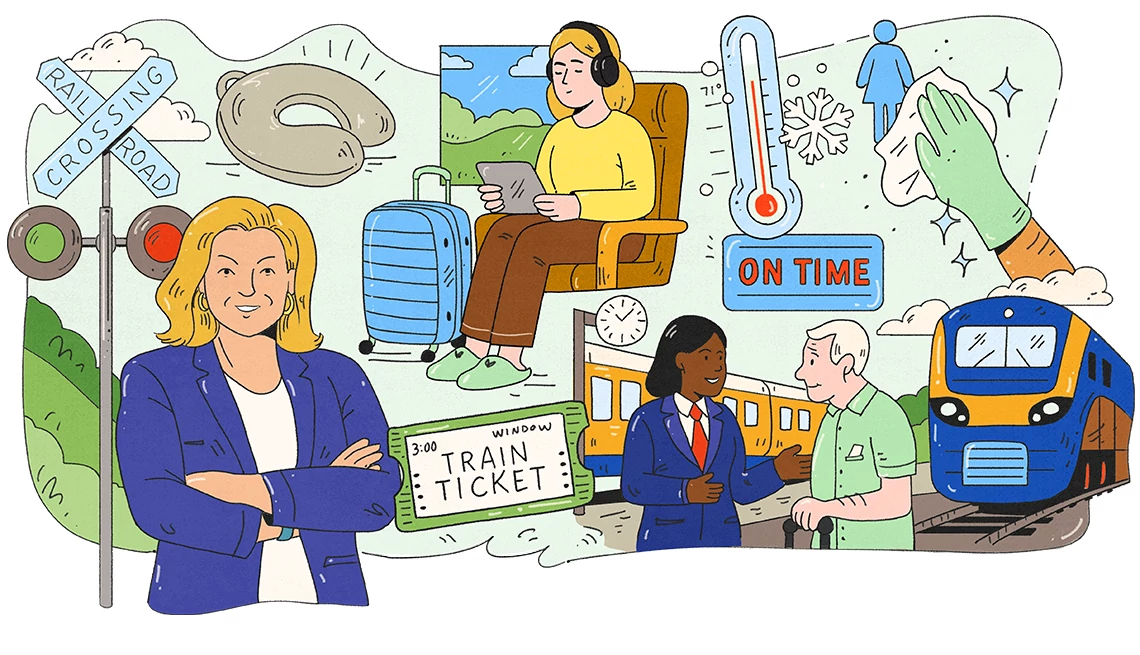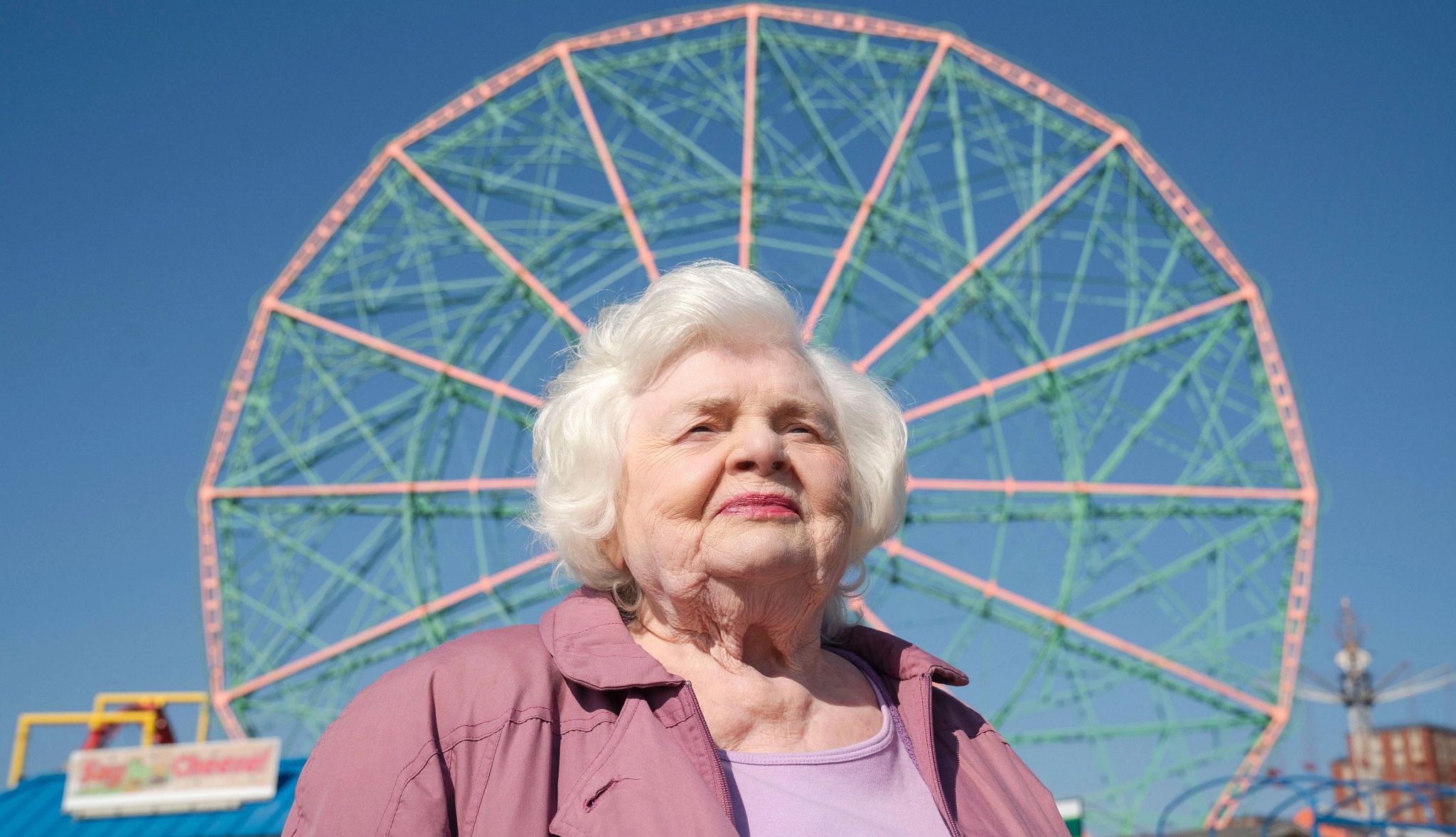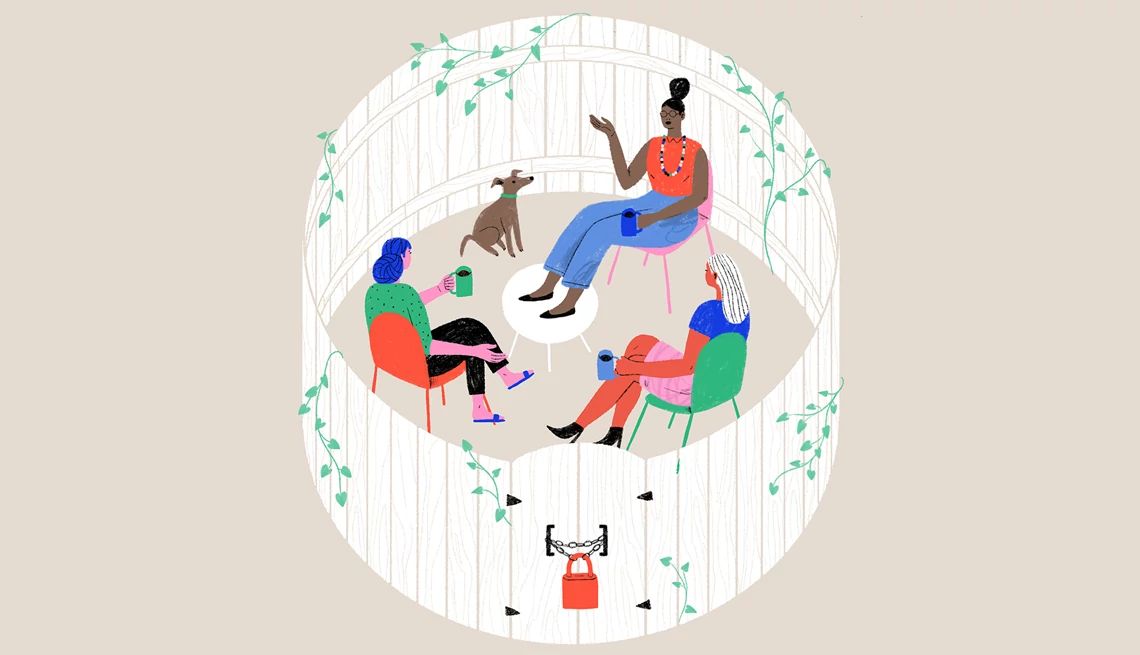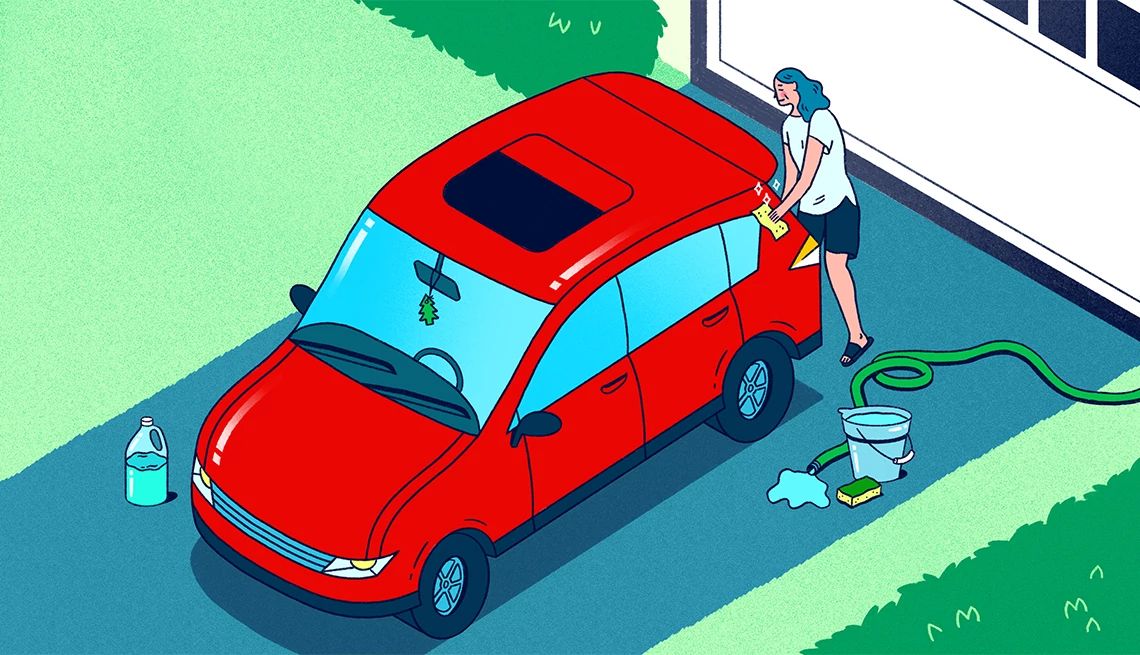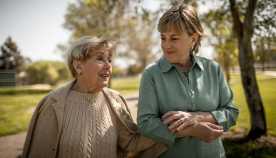AARP Hearing Center
CLOSE ×
Search
Popular Searches
- right_container
- Health
- Money
- Work & Jobs
- Advocacy
- Social Security
- Medicare
- Caregiving
- Games
- Travel
- More...
- Entertainment & Style
- Family & Relationships
- Personal Tech
- Home & Living
- Auto
- Staying Sharp
- Podcasts
- Videos
A range of employment indicators has revealed a mixed picture of the US labor market in recent months. While some of the latest data give room for optimism about job growth in some industries, many industries continue to shed jobs. Many older workers are employed in the industries and occupations…
Most of the 1.2 million people living with HIV in the United States are now over the age of 50, and more than 175,000 are over the age of 65. For many people who were diagnosed prior to the introduction of revolutionary highly active antiretroviral therapy, life expectancy was measured in months,…
Surveys illuminate people’s preferences for aging in place and reforms that promote more supply
Did you know? Diabetes rates are significantly higher among Americans age 65 and older than in any other age group. Nearly a quarter (23 percent) of Americans 65 and older reported having diagnosed diabetes in 2015, according to a recent AARP Public Policy Institute analysis. Diabetes, a chronic…
The Affordable Care Act (ACA) established a 3-to-1 limit on age rating of health insurance premiums, meaning that older adults who purchase coverage on their own cannot be charged more than three times the amount a younger person is charged for the same health plan. This important provision…
Since 2006, Medicare beneficiaries have had access to outpatient prescription drug coverage through Medicare Part D. The standard benefit under Part D includes an annual deductible, an initial coverage period when enrollees pay 25 percent of their drug costs, and catastrophic coverage that limits…
Most Americans get their health insurance through their employer or through government-sponsored programs like Medicare or Medicaid. People who do not have access to those forms of coverage — for instance, because they are between jobs or are self-employed — typically buy health insurance directly…
When Abbie was first admitted to a nursing facility in Henderson, Nev., in December 2012, she was told she would probably be there for the rest of her life. For Abbie, who was 76 at the time, that was not an option.
There’s good news for both observers of small-business trends and those interested in aging issues. Tracking entrepreneurship just got easier, and new data show that entrepreneurs age 55-plus are job creators.
In today’s digitally connected world, I worry about the lack of control I have over the privacy of my personal information. And I’m not alone. A Pew survey found 91 percent of adults strongly agree that consumers have lost control of how companies collect and use their personal information.
November is National Family Caregiver month — when we recognize and honor the 40 million family caregivers across this country .
I am a Navy veteran of the Vietnam War, having deployed on two different ships four times to the then-war-torn country. I married the love of my life, Mary, after my first deployment in 1970. Looking back these 46 years, I am so glad I married early in life; it enabled us to have so many wonderful…
Fragility fractures are a common — but not inevitable — part of aging. These bone fractures, which occur during normal activities or following a fall, are a leading cause of pain, disability and loss of independence among older adults. Approximately half of all women and a quarter of all men age 50…
Search AARP Blogs
Recent Posts




